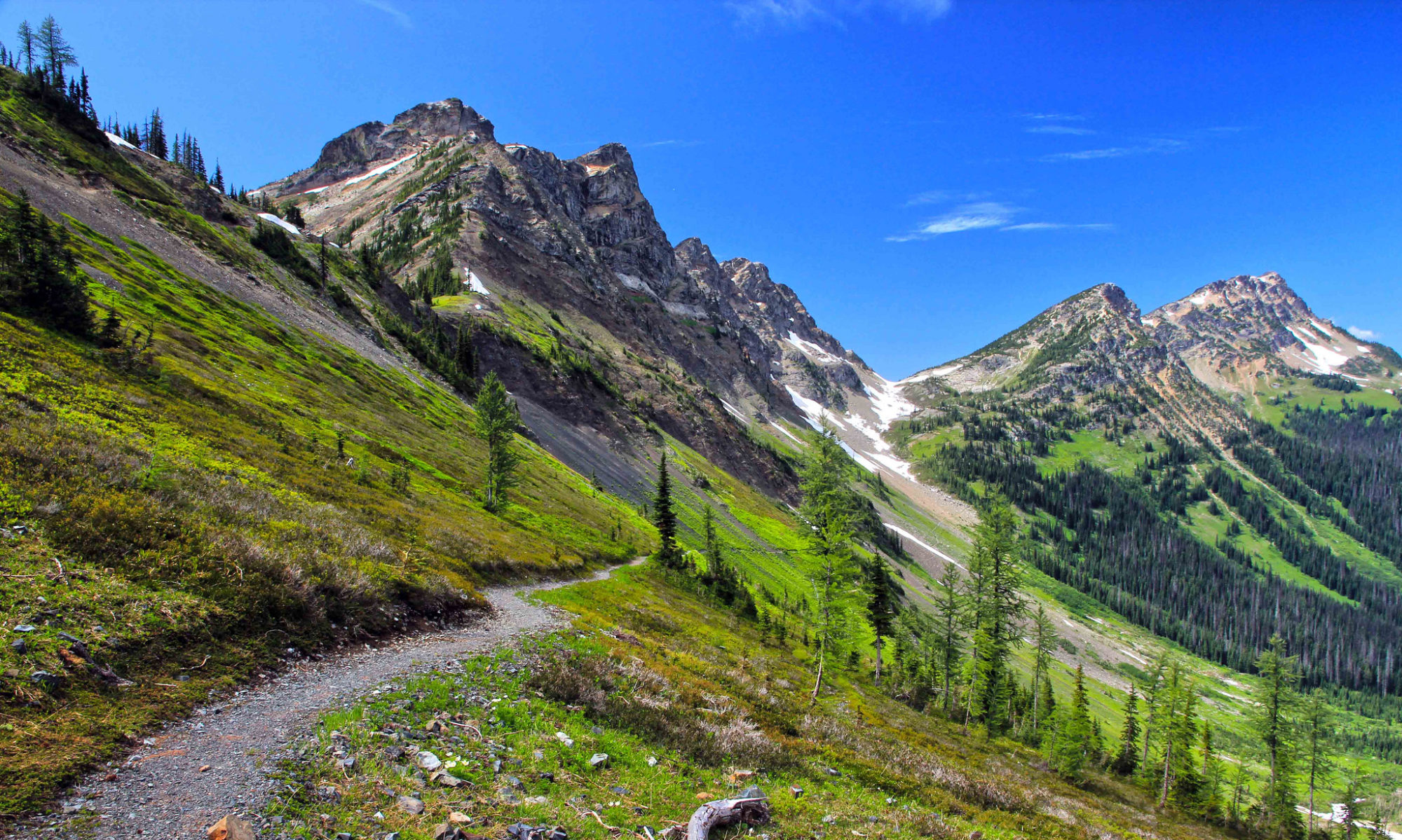Here I am coming off a whopping 2 hours sleep (that’s bad…even for me) after literally spending a night outdoors in a survival scenario. No tent…..no sleeping bag. They walk you to a point and drop you off, and you and your partner (adrienne…that girl is a rockstar) walk off to survive. You make your shelter from a minimal amount of materials, you use what’s around you to stay alive, and you last one full night.
After that, they buy you breakfast!
I had the quinoa and oatmeal from White Spot. Tasted like success.
I won’t sugar coat it. I had some pretty harsh moments out there. Especially when our fire refused to start and we were just building shelter at 8pm….a full 2.5 hours after sunset. Adrienne and I finally got to dinner at around 9:30. By that point we’d been making camp for 7 hours.
But I did it. Would I do it again…? Probably, and now I have more knowledge and experience, so in the event that I HAVE to do it, I’m more confident.
Here’s what I did learn:
1. It’s crucial to prioritize. Adrienne and I started cutting down trees (with folding handsaws) right after we chose our spot. That took a while, hauling logs (some 8 inches in diameter) back to camp where we stripped them of dead branches, twigs, brush, and boughs, aside from firewood, this cache would also become part of our shelter
2. We chose to start a fire first. In the end what you decide to do is up to you. Our idea was to start a fire first, then begin the shelter because we could use the fire as light, heat while we worked and we could dry out the boughs, which would become mattresses. Because our fire took a while, my bedding wasn’t adequately dry so I woke up cold a few times in the night. In the end I would have used my bivvy or tarp to elevate and keep the wood and materials dry and off the ground…might’ve helped with the stubborn fire. However it appears everyone had the same issue so at least Adrienne and I weren’t making uncommon mistakes.
3. Be humble…you think you know it all….until you don’t. The bush is no place for ego. Just sayin’!
4. Always pack essentials on hikes. You just never know. I didn’t use HALF the items I packed in my, no joke 65lb pack, but I was glad they were in my bag. Here’s what I had:
- Emergency blanket
- Bivvy
- 4.5L of water
- Enough food for 3 days, 3 bottles of ensure, cereal, milk, granola bars, backcountry dehydrated meals, snacks
- First aid kit with emergency glucose, medication, and tensor bandage.
- Camp stove and 2 canisters of fuel….one for cooking one extra for heat if needed
- Bear banger, spray, bell….not nevessarily for the napping bears either!
- Pot and pan set
- Toque, gloves, microspikes, trekking poles
- Utility Knife
- Handsaw
- Firestarter
- Matches and lighter
- Hand crank lantern
- 100 ft paracord
- Flagging tape
- Garmin
- Tent, footprint and sleeping bag (no intent on using but was available as backup if I wimped out….obviously didn’t use)
- Ski pants
- Pack cover
- And of course my backpack
5. LAYERS!!!!! Sooooooo important. Especially a wicking base layer. I have merino icebreaker wool and foot specific fitted merino icebreaker socks. My second layer consisted of an adidas pullover made of polyester and other materials. Wicked moisture and had the added bonus of a tight head cover. My pants were lululemon athletic pants. I also had a cotton sweatshirt on and then my jacket. I wore a second thermal sock and then my hikers. I did not too bad but cooled through the night because of my cold bedding. It’s clear. Keep everything dry…..it makes a huge difference. In body temperature and morale!
Search and rescue is amazing. They do these a lot. In 24 hours I got a crash course in survival camping…something I had considered spending money on pre-hike. This was much better. A wholehearted thanks to Terrace SAR for the lessons, for letting me leech your skills, knowledge, expertise and letting me come along. Oh and for the wonderful breakfast.
